Английский язык. Практический курс для решения бизнес-задач - [12]
The History of Just in Time
Around 1980 we were all just getting used to the concepts of Material Requirements Planning (MRP) and Manufacturing Resource Planning (MRPII) with their dependence on complex computer packages when we began to hear of manufacturers in Japan carrying no stock and giving 100% customer service without any of this MRP sophistication.
Japanese car manufacturers ensured that every steering column was assembled and fed onto a production line just as the car into which it was to be fitted rolled up at that particular stage. This was all managed by something called a kanban which meant «tag» and was the mechanism by which the assembly line told the feeder areas that they wanted another component. The first visitors to Japan came back to tell us that the kanban replaced MRP and was the key to Japanese success.
In time, we learned that the kanban was the last improvement step of many, not the first. The conceptual goals of minimised lead times and inventories rated above all else. The Japanese aim was having everything only when required and only in the quantity required – in other words, just-in-time (JIT).
We then learned that Toyota led the way in the development of the Japanese approach. We heard of something called the Toyota Production System which was the model for all that had happened in Japanese manufacturing. We heard of Taiichi Ohno, the production engineer responsible for this breakthrough.
The list below highlights what our Japanese counterparts had done.
1. Batch Quantities
Making something in large batches has several negative effects. The first thing which Westerners recognised was that stock levels are partly a function of order sizes. We had a formula for economic batch sizing in which the cost of set-up was offset against the cost of holding the stock. Our theoretical average stock level was half the order quantity + whatever element of safety stock we had built into our plans so reducing the order size would reduce our average stock.
There were, however, other considerations. A piece of plant cannot be immediately responsive to all demands upon it if it makes parts in greater quantities than are required at the time. Responsiveness, and hence service to our customers (whether they be external or the subsequent operations within our own plant) requires that we manufacture components in small batches.
We knew that smooth workloads make management of the manufacturing process far easier and had established smooth finished product plans with the adoption of Master Production Scheduling. However, no matter how smooth our final assembly plans, we still had lumpiness elsewhere.
The major contributor to parts being made in large batches is, of course, set-up times. Shigeo Shingo, a quality consultant hired by Toyota, had set about effectively eliminating set-ups. The accounting conventions that led Western businesses to make significant quantities of parts that may not be used were also shown to be ludicrous.
2. Safety Stocks / Quality
A major element of Western manufacturing’s inventory was that which we held in case of problems. We held safety stocks to allow us to continue manufacturing should some of the components or raw materials in our stores be found to be defective.
Ohno and his colleagues, ironically, had listened to the American quality gurus, W. Edwards Deming and Joseph Juran, who had advised Japanese industry as it recovered after World War II. Among the key concepts learned by the Japanese and neglected for many years in the West were:
Deming’s teaching that we cannot inspect quality in a product but must build it into the manufacturing process.
Juran’s definition of the internal customer. If we each give service to our internal customer then we will ultimately take care of the end customer.
By applying these teachings and aggressively eliminating all sources of non-compliance the Japanese moved quality onto a completely different plane. Where the West continued to measure percentage defect rates our competitors were working in parts per million.
As well as addressing the manufacturing processes, we learned that the JIT approach considered other contributors to improved quality. Is the component designed in such a way as to make it easy to produce or can we simplify it and reduce the chances of a defect? We began to think of «design for manufacture» and combining the previously separate functions of design engineering and production engineering.
We heard about things called «quality circles» where people in different areas of the business came together to investigate problems and work as a team to solve them – rather than follow our own approach of each area attempting to blame another. Perhaps most disturbingly we heard that inspectors were a thing of the past. All had now been trained as quality engineers and were in fact working as process improvement specialists so that their old function was no longer required.
3. Supplier Partnerships
Perhaps the most challenging concept for many companies was that of working with suppliers as partners. Buyers who spent their lives playing one supplier off against others and switching from one to another to save pennies heard that their Japanese counterparts single-sourced in nearly all cases. What is more, large corporations such as Toyota sent out their own specialists in manufacturing improvement to help their suppliers. Where savings were identified then benefits would be shared amicably.
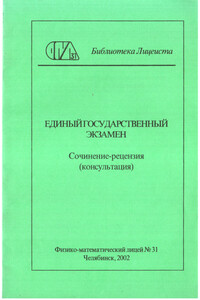
В сборнике представлены теоретические сведения о семантической структуре слова, о структуре текста, о типах речи, подобраны упражнения для анализа текста, также образцы рецензий на фрагменты рассказов из КИМов ЕГЭ.
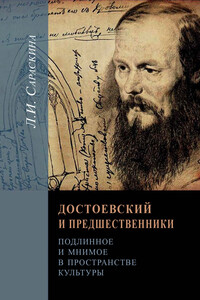
В монографии, приуроченной к 200-летию со дня рождения Ф.М. Достоевского, обсуждается важнейшая эстетическая и художественная проблема адекватного воплощения биографий великих писателей на киноэкране, раскрываются художественные смыслы и творческие стратегии, правда и вымысел экранных образов. Доказывается разница в подходах к экранизациям литературных произведений и к биографическому кинематографу, в основе которого – жизнеописания исторических лиц, то есть реальный, а не вымышленный материал. В работе над кинобиографией проблема режиссерского мастерства видится не только как эстетическая, но и как этическая проблема.
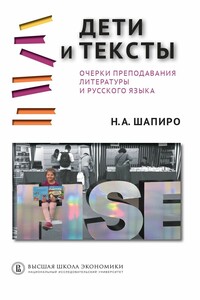
Книга посвящена изучению словесности в школе и основана на личном педагогическом опыте автора. В ней представлены наблюдения и размышления о том, как дети читают стихи и прозу, конкретные методические разработки, рассказы о реальных уроках и о том, как можно заниматься с детьми литературой во внеурочное время. Один раздел посвящен тому, как учить школьников создавать собственные тексты. Издание адресовано прежде всего учителям русского языка и литературы и студентам педагогических вузов, но может быть интересно также родителям школьников и всем любителям словесности. В формате PDF A4 сохранен издательский макет.
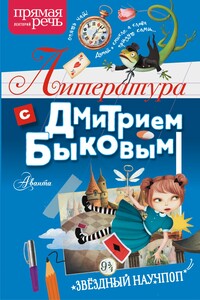
Назовите самые популярные переводные детские книги. Не сомневаемся, что в ваш список попадут повести о муми-троллях Туве Янссон, «Алиса в Стране чудес» Кэрролла, «Хроники Нарнии» Льюиса, эпопея «Властелин колец» Толкина, романы Дж.К. Роулинг о Гарри Поттере. Именно о них – ваших любимых (или нелюбимых) книгах – и пойдет речь в этом сборнике. Их читают не по программе, а для души. Поэтому рассуждать о них будет самый известный литературный критик, поэт и писатель, популяризатор литературы Дмитрий Быков. Его яркие, эмоциональные и невероятно интересные выступления в лектории «Прямая речь» давно привлекают школьников и родителей.

«Старая русская азбука» – это не строгая научная монография по фонетике. Воспоминания, размышления, ответы на прочитанное и услышанное, заметки на полях, – соединённые по строгому плану под одной обложкой как мозаичное панно, повествующее о истории, философии, судьбе и семье во всём этом вихре событий, имён и понятий.В формате PDF A4 сохранен издательский макет.
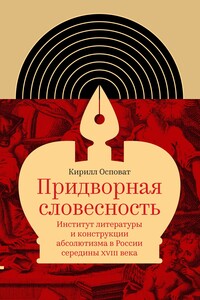
Институт литературы в России начал складываться в царствование Елизаветы Петровны (1741–1761). Его становление было тесно связано с практиками придворного патронажа – расцвет словесности считался важным признаком процветающего монархического государства. Развивая работы литературоведов, изучавших связи русской словесности XVIII века и государственности, К. Осповат ставит теоретический вопрос о взаимодействии между поэтикой и политикой, между литературной формой, писательской деятельностью и абсолютистской моделью общества.
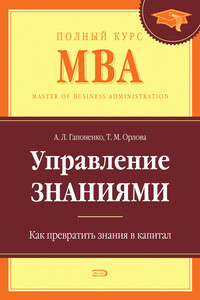
Впервые в отечественной учебной литературе рассматриваются процессы, связанные с управлением знаниями, а также особенности экономики, основанной на знаниях. Раскрываются методы выявления, сохранения и эффективного использования знаний, дается классификация знаний, анализируются их экономические свойства.Подробно освещаются такие темы, как интеллектуальный капитал организации; организационная культура, ориентированная на обмен знаниями; информационный и коммуникационный менеджмент; формирование обучающейся организации.Главы учебника дополнены практическими кейсами, которые отражают картину современной практики управления знаниями как за рубежом, так и в нашей стране.Для слушателей программ МВА, преподавателей, аспирантов, студентов экономических специальностей, а также для тех, кого интересуют проблемы современного бизнеса и развития экономики, основанной на знаниях.Серия «Полный курс МВА» подготовлена издательством «Эксмо» совместно с Московской международной высшей школой бизнеса «МИРБИС» (Институт)